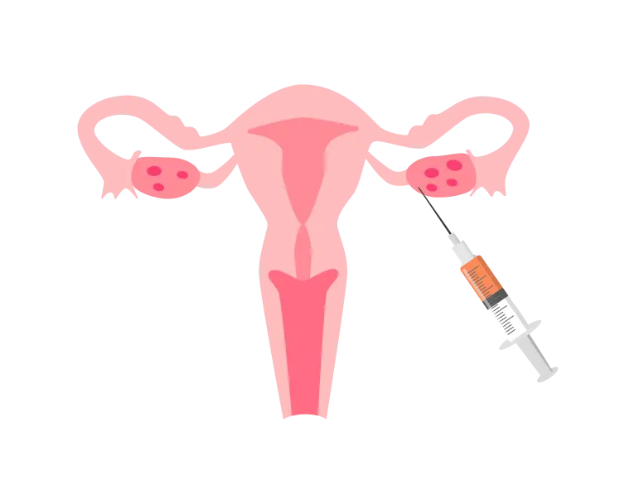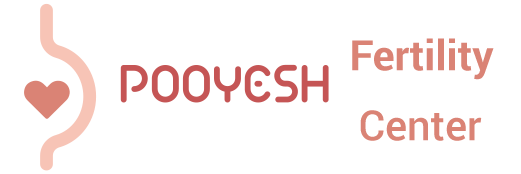پی آر پی رحم و تخمدان

PRP
Platelet-Rich Plasma (PRP) therapy is a 100% natural and safe treatment that uses the patient’s own blood. Because of its high concentration of growth factors, PRP stimulates tissue regeneration, angiogenesis (formation of new blood vessels), and cellular growth. In simple terms, PRP is a concentrated preparation of platelets. The platelet concentration in PRP is about three to five times higher than in normal blood.
How is PRP Prepared?
- PRP is prepared from the patient’s own blood.
- About 15–20 cc of blood is drawn and processed under special laboratory conditions using centrifugation.
- During this process, red blood cells are separated, leaving behind plasma enriched with growth factors at a concentration 5–10 times higher than normal blood.
The preparation process is highly important. if proper standards are not followed, the effectiveness of PRP decreases significantly.
Applications of PRP in Reproductive Medicine
PRP therapy is increasingly used in infertility treatments in the following cases:
- To increase endometrial thickness before embryo transfer in patients with persistently thin endometrium despite medical treatment.
- For women with repeated implantation failure (more than three unsuccessful embryo transfers).
- In patients with premature ovarian insufficiency (menopause before the age of 40).
- In women with a poor ovarian response during IVF stimulation (three or fewer follicles or retrieved eggs).
- In patients with low ovarian reserve.
Methods of PRP Injection in Fertility Treatments
- Intrauterine Injection
- The prepared PRP is injected directly into the uterus using a thin catheter in an outpatient procedure without anesthesia.
- Primarily used to improve endometrial thickness.
- Ovarian Injection
- Performed in the operating room under anesthesia.
- With ultrasound guidance, PRP is injected into both ovaries.
- This promotes angiogenesis, stimulates follicle growth, and may restore menstruation in cases of premature ovarian failure.
- Laparoscopic Injection
- Used when access to the ovaries is difficult due to anatomical position, large fibroids, bowel or vascular obstruction, or when fallopian tube patency also needs to be assessed.
After ovarian PRP therapy, it usually takes 2–3 months (up to 6 months) for ovarian reserve to improve and for the patient to become ready for IVF.
Possible Side Effects of PRP
- No major side effects have been reported.
- However, long-term effects remain unclear.
- Informed consent is required to acknowledge rare potential risks, such as ovarian abscess or pelvic infections.
Pre-PRP Instructions
Patients should follow these medical precautions:
- Discontinue anti-inflammatory drugs (e.g., Ibuprofen, Naproxen) at least 5 days before PRP.
- Stop blood thinners (e.g., warfarin, clopidogrel) 1 week before PRP (low-dose Aspirin 80 mg is acceptable).
- Avoid systemic steroids for 1–2 weeks prior, and injectable steroids for 1 month before PRP.
- Avoid alcohol for 1 week before PRP.
- Stop taking turmeric, bromelain, and garlic supplements 3–5 days before PRP.
- Stop fish oil supplements 3 days before PRP.
- Avoid antibiotics for 7 days prior.
- Follow a low-fat or fat-free diet for at least 48 hours before blood draw.
Nutritional Recommendations to Enhance PRP Effectiveness
- Increase folate-rich foods: spinach, dark green vegetables, liver, kidney beans, black-eyed peas, rice, oranges, fresh orange juice, and fortified cereals.
- Increase iron-rich foods: liver, spinach, eggs, lentils, and dark chocolate (in moderation).
- Avoid foods that reduce platelet count, such as cranberry juice, cow’s milk, alcohol, garlic, onions, fast food, junk snacks, refined sugar, bacon, and pepperoni.
